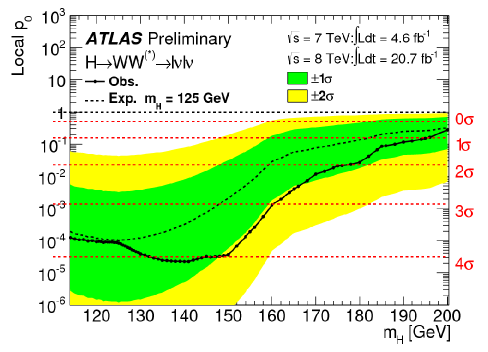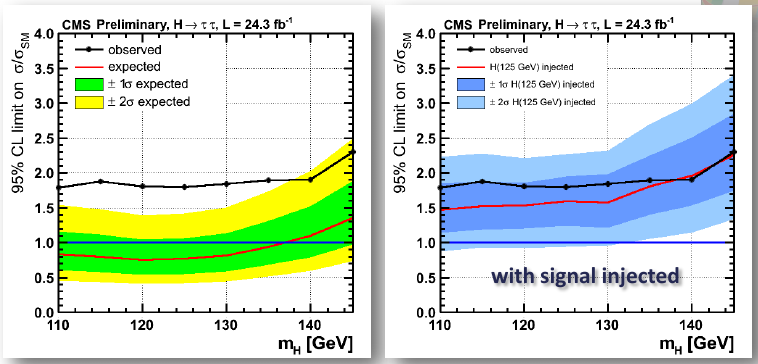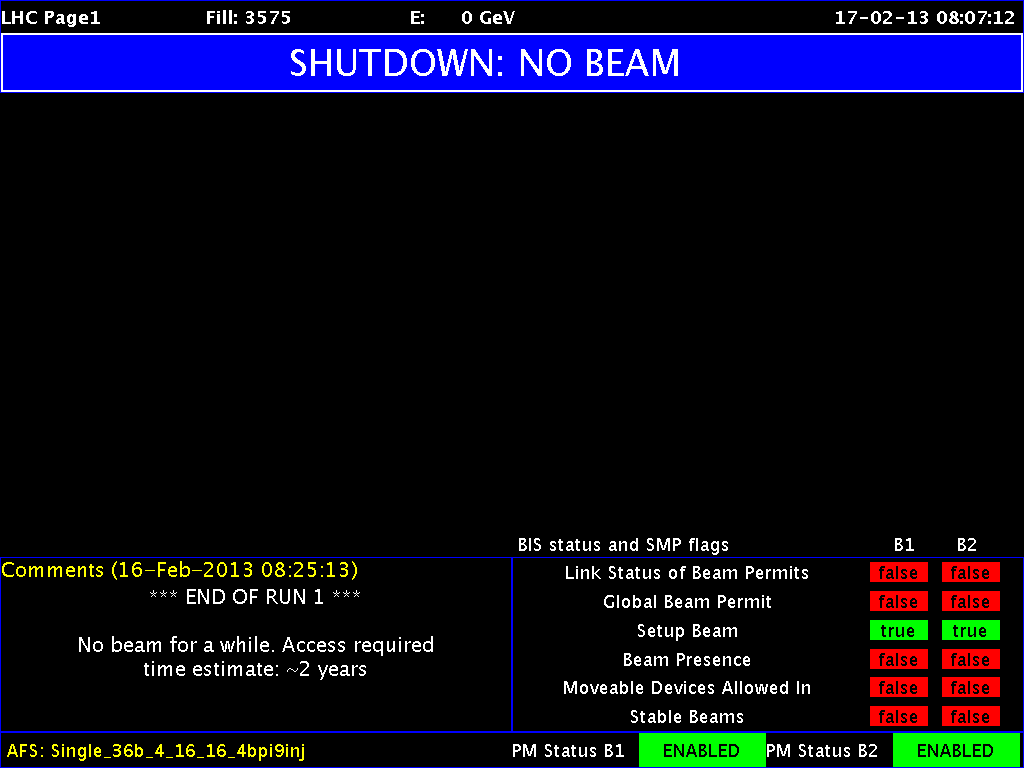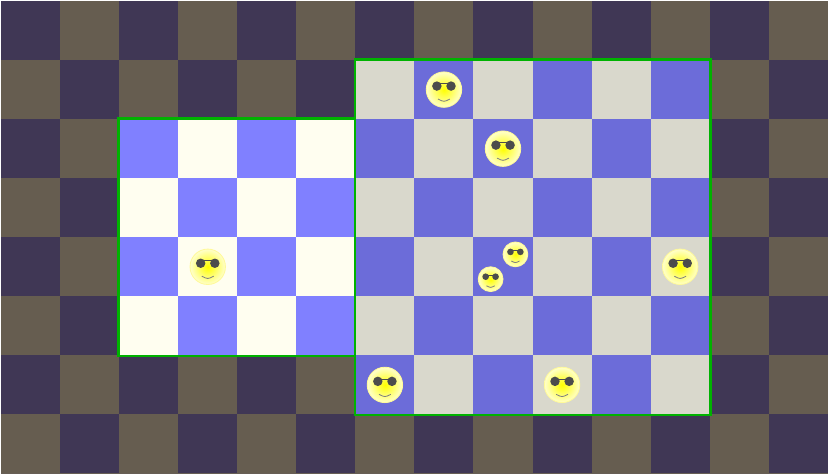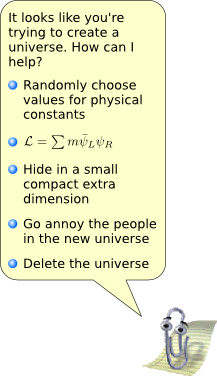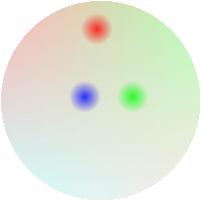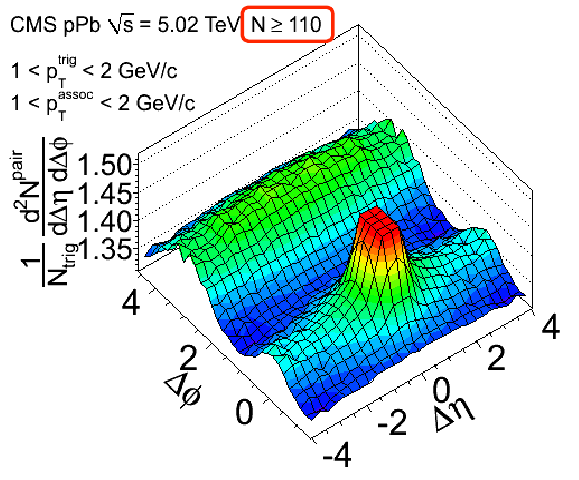Planck exposes the universe
Posted by David Zaslavsky on
Yesterday, the team behind the European Space Agency’s Planck satellite released their first set of data. This was a seriously exciting moment in the world of cosmology, in the same way as the previous weeks’ Higgs updates were an exciting moment in the world of particle physics. And I have the perfect way to explain it to you:
Go read this, this, this, this, and this.
OK, seriously though. The preceding five blog posts do a fantastic job (individually, and even more so together) of explaining, at a reasonably abstract level why the Planck data release is important and what it means. Now, I do plan to do my usual act of digging into the science and explaining some of the details, but in this case, there’s a lot of science. The Planck collaboration released thirty papers, and I just haven’t had time to comb through them yet. So a proper Planck post will have to wait for some time later this weekend. Until then, you can get a good, just-technical-enough overview of results from Ethan Siegel’s summary post, the last link in that last paragraph.
